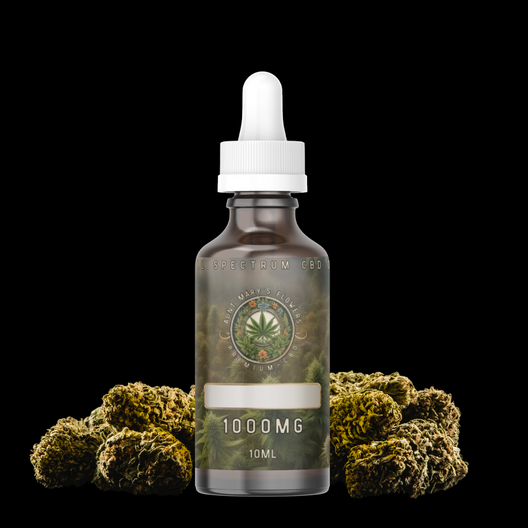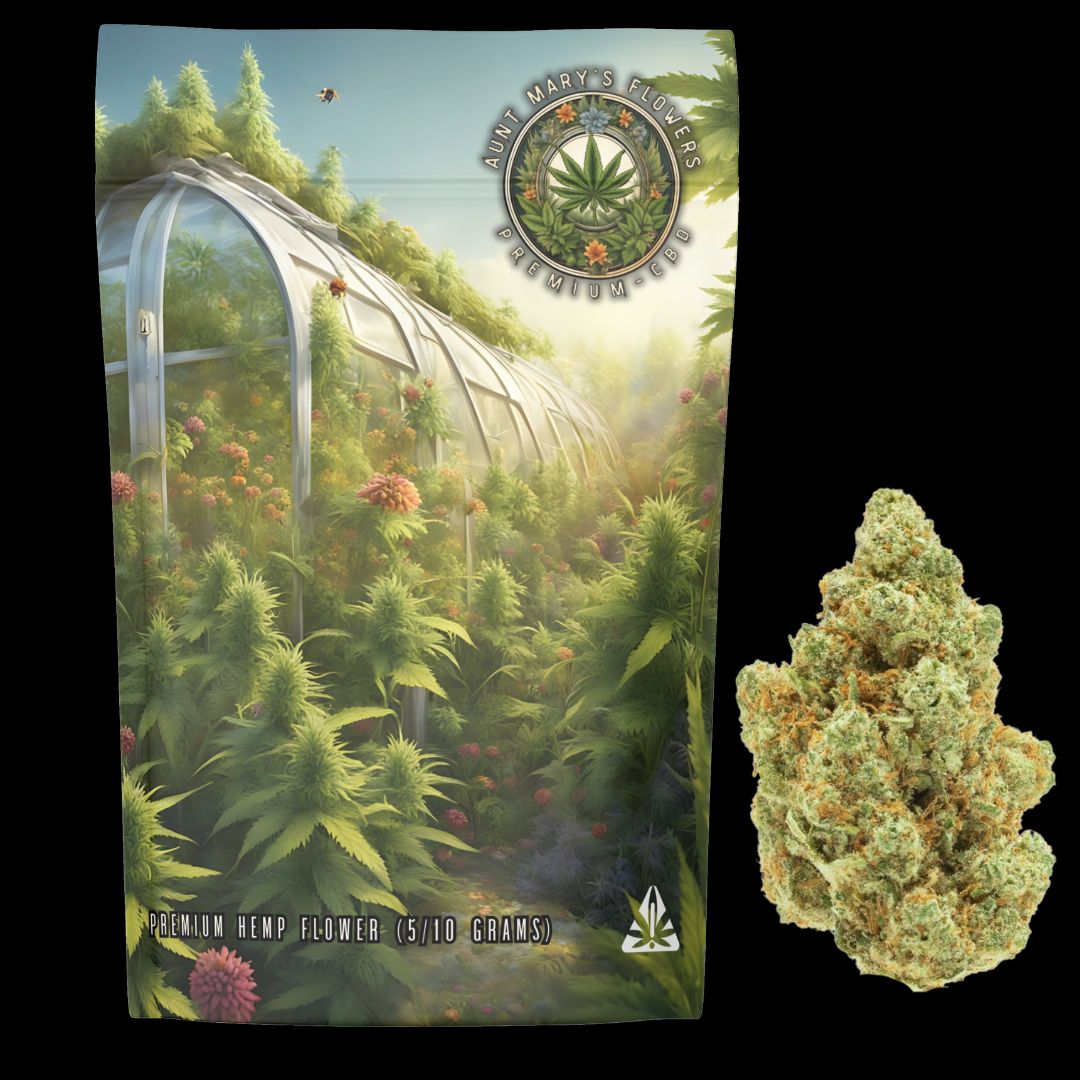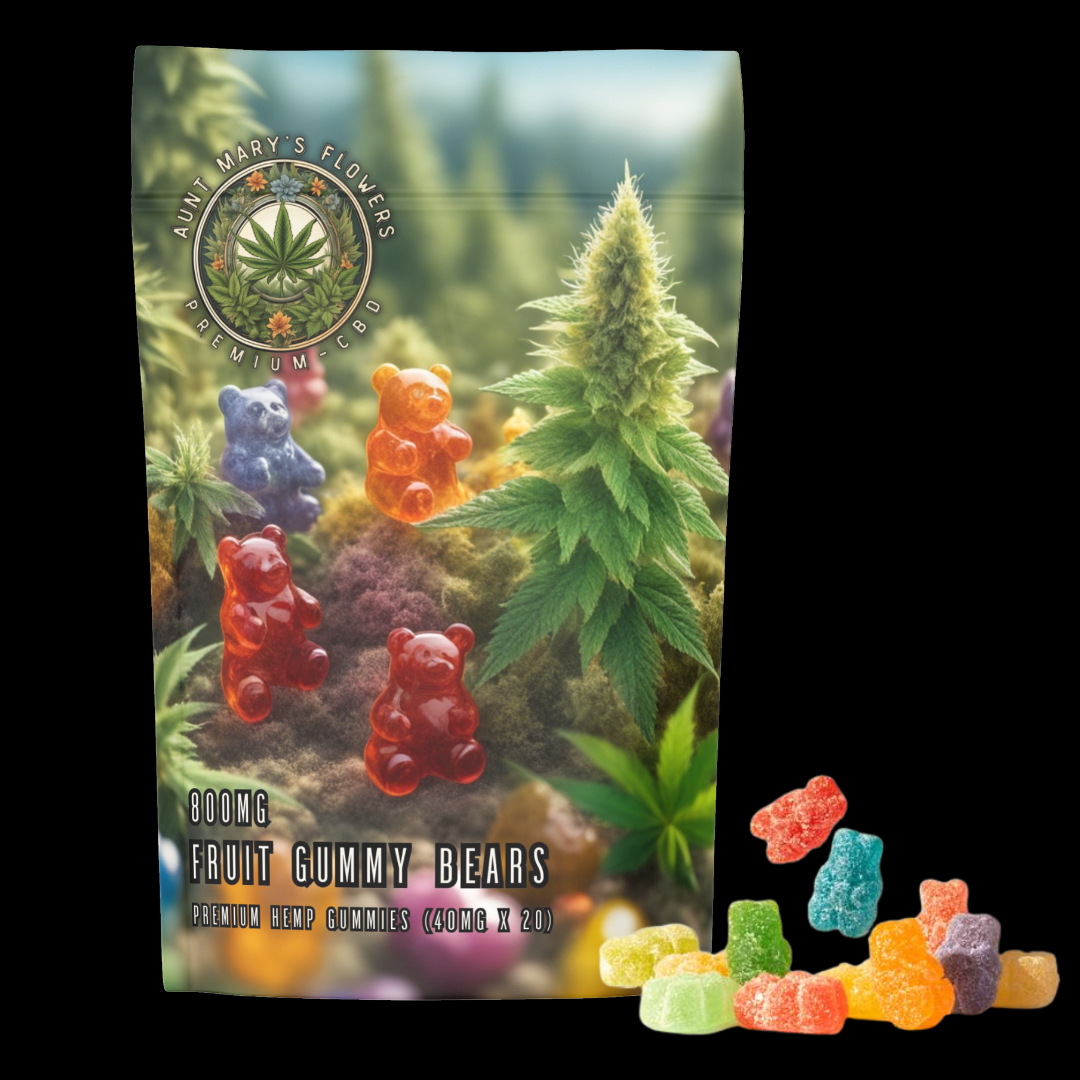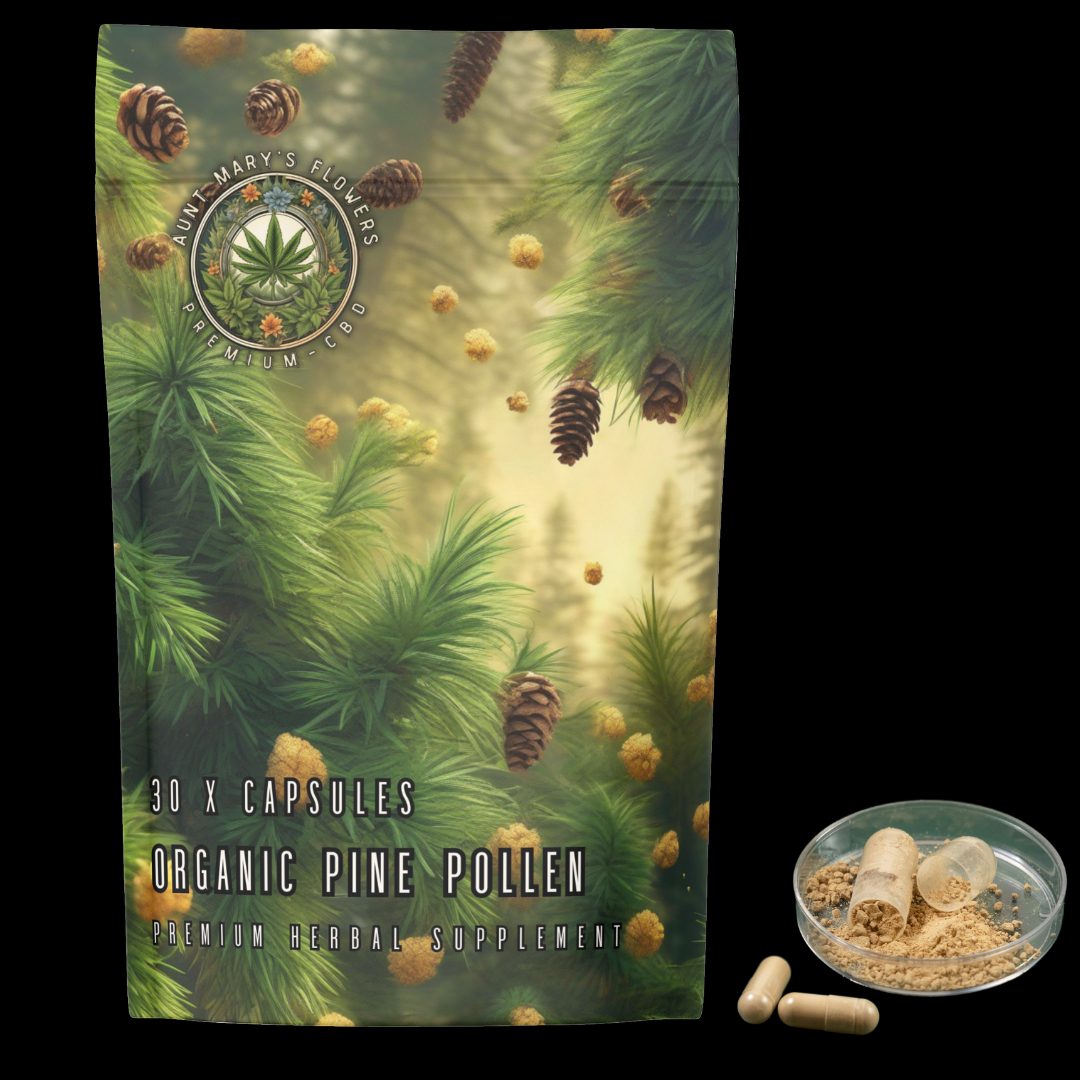What Are Terpenoids?

You might not have heard about terpenes, but you might unknowingly love them. Terpenes a naturally produced group of compounds that provide most of the aromas and odors we can smell in plants. From the calming scent of lavender to the zest of citrus fruits, terpenes interact with our senses throughout our lives and did you know, they can affect us both physically and psychologically! Terpenes may have many uses in medicine and health, and more evidence is being found to support which ways terpenes affect you when consuming them in conjunction with cannabinoids.
___________________________________________________________________________
What Is A Terpene?
Terpenes are compounds that are made of hydrogen and carbon and most commonly found in plants, fruits, vegetables, herbs and spices. Terpenes are produced for a variety of different reasons from deterring insects eating them, to attracting pollinators, defending against bacteria and fungus and much more. Terpene compounds have a variety of proposed effects on the human body, working on the same systems as cannabinoids.
You may be familiar with some of the benefits and effects if you've used essential oils, which generally are concentrated terpenes. Hemp is known to have an abundance of terpenes which is what makes each strain's pleasurable fragrance so unique. Terpenes are synthesized in Hemp in secretory cells inside glandular trichomes, and production is increased with light exposure.
Terpenes are mostly found in high concentrations in unfertilized female Hemp flowers prior to deterioration of age. Terpenes have been found to be essential building blocks of complex plant hormones and molecules, pigments, sterols and even cannabinoids.
___________________________________________________________________________
How Do They Affect You?
Terpenes can have a variety of effects on the human body when consumed, dependent on the terpene administrated. Compounds such as limonene, caryophyllene and other terpenoids can have anti-inflammatory, anti-anxiety, anti-bacterial and antifungal effects.
The most common terpenes found within the Hemp plant are β-Carophyllene, Pinene, Mycrene, Himulene, Terpinolene, Limonene, and β-Ocimene. When working in conjunction with cannabinoids like CBD,CBG,CBC it has been found they can have the 'entourage effect'. The 'entourage effect' is a proposed mechanism by which cannabis compounds and terpenoids act synergistically to modulate the overall effects of the Hemp plant.
Terpenoids work on the same systems as cannabinoids and work in conjuction to modulate CB1 and serotonin receptors. There are more studies to be done on how all terpenes effect your body however, more promising research is being done to observe how they interact with the human body.
___________________________________________________________________________
Terpenes Within Hemp
β-Caryophyllene is a sesquiterpene found in many herbs and spices such as Cloves, Cinnamon, Black pepper and in minor quantities, Lavender. The smell has been highly associated with being peppery, woody and/or spicy.
β-Caryophyllene is the only terpene known to interact with the CB2 receptors in the endocannabinoid system and has been labelled as a non-psychoactive. Research shows shows that β–caryophyllene selectively binds to the CB2 receptors making it a CB2 agonist.
Studies have shown β–caryophyllene to hold promising results in cancer treatment and act as a anti-inflammatory when combined with Hemp. Taken with phytocannabinoids such as CBD, β–caryophyllene appears to be promising for the treatment of chronic pain due to their high safety and low adverse effects.
___________________________________________________________________________
Akin to its name, Pinene contains distinctive aromas of pine cones and fir tree which is most commonly found in Rosemary, Basil, Balsamic resin, Pine woods and Citrus fruits. There are two structural forms of Pinene found in nature; α-pinene and β-pinene each form being important components of pine resin.
α-Pinene is the most widely encountered terpenoid in nature, found in many conifers, as well as in non-coniferous plants.
Pinene is one of the principal monoterpenes that is important physiologically in both plants and animals and it tends to react with other terpenoids such as Limonene.
Pinene has been used in medicine as an anti-inflammatory, bronchial-dilator and a local antiseptic. α-Pinene a natural compound isolated from pine needle oil, has shown anti-cancer activity and has been used as an anti-cancer agent in chinese medicine for many years.
It's believed through studies that Pinene can lessen the psychoactive effects of THC, the part in cannabis that gets you high and cause the effect to be more pleasant.
___________________________________________________________________________
Limonene is a monocyclic monoterpenoid, one of two major compounds formed from pinene and is a major constituent of Citrus fruits, Juniper, Rosemary and Peppermint. Limonene's scent is clued in the name, having strong citrus aromas like Lemon, Oranges and Limes.
Strains high in Limonene promote a general uplift in mood and can be quickly absorbed by inhalation which appears in the bloodstream very fast. Limonene works in conjunction with other terpenes, assisting the absorption through the skin and other methods.
Many studies have found that Limonene suppresses the growth of many species of fungi and bacteria, making it an ideal anti-fungal agent for ailments such as toenail fungus and also may be beneficial in protecting against cancer when orally administered, through various clinical trials for breast cancer.
Additionally it has been noted that Limonene may help prevent weight gain and actually promote weight loss. It has very low toxicity and adverse effects are rarely associated with its use.
___________________________________________________________________________
Commonly found in Mango, Lemongrass, Hops and Thyme, Myrcene is one of the most abundant terpenes that is found within Hemp and Cannabis which some variants can contain up to 60% of the plants essential oil. Its aroma has been described as musky, earthy and herbal closely akin to cloves.
Myrcene being a monoterpene has some very special medicinal properties and effects, including being analgesic, anti-inflammatory, antibiotic and anti-mutagenic, with it effects sedative and relaxing making it an ideal treatment of insomnia and pain.
Myrcene lowers the resistance across the blood to brain barrier, allowing itself and many other chemicals to cross the barrier easier and more quickly. In the case of cannabinoids (like THC), Myrcene allows the effects of cannabinoids to take effect more quickly. Uniquely, Myrcene has been shown to increase the maximum saturation level of the CB1 receptors, allowing for a greater maximum effect.
___________________________________________________________________________
Humulene is a sesquiterpene, also known as α-humulene an isomer of β–caryophyllene. Humulene is commonly found in Hops, Corriander, Cloves and Basil, along with other naturally occurring substances. Humulene gives beer it's distinct aroma, normally being described as 'hoppy'.
Humulene is a fairly common terpene and is present in modest quantities in a variety of strains. It’s partially responsible for giving the plant its distinct spicy, herbaceous, and subtly floral bouquet of aromas.
Humulene has been used for generations in chinese medicine and has commonly been blended with β–caryophyllene being used as a major remedy for inflammation. Humulene has been considered to be an anti-tumor, anti-bacterial, anti-inflammatory and anorectic (an appetite suppressor) aiding in weight loss.
___________________________________________________________________________
Terpinolene is a common component of Sage and Rosemary and is found in the oil derived from Monterey cypress. Commonly found, Terpinolene is present in many fruits herbs and spices such as Nutmeg, Tea tree, Apples and Cumin.
Terpinolene is known to have a piney aroma with slight herbal and floral nuances that tends to have a flavour thats reminiscent of citrus fruits. Terpinolene acts as an insect repellent in plants, fending away bugs that are looking to eat them.
Terpinolene has been found to be a nervous system depressant used to induce drowsiness or sleep or to reduce psychological excitement or anxiety. Furthermore Terpinolene was found to markedly reduce the protein expression in a variety of cancer cells and inhibited cell proliferation.
As an essential oil, Terpinolene may have antibacterial and antifungal qualities, according to a 2005 study—which could be another reason, besides its fresh scent, that it’s a common additive in soaps and cleaning products.
___________________________________________________________________________
Linalool is a non-cyclic monoterpenoid most commonly found in Lavender and has been described as being floral. Linalool can promote calming, relaxing, mood enhancing and sedative effects, hence being used for centuries as a sleep aid.
Linalool has been found to lessen anxious emotions, thus making it helpful in the treatment of both psychosis and anxiety. Studies also suggest that Linalool boosts the immune system; can significantly reduce lung inflammation; and can restore cognitive and emotional function, making it useful in the treatment of Alzheimer’s disease.
Recent studies also show that Linalool may significantly reduce lung inflammation caused by cigarette smoke by blocking the carcinogenesis induced by a component of the tar generated by the combustion of tobacco via an anti-inflammatory effect which boosts the immune system directly activating immune cells through specific receptors and pathways
The Environmental Protection Agency has approved Linalool's use as a pesticide, flavor agent and scent. Widely it is used in a variety of bath and body products, commonly listed under ingredients such as beta-Linalool, Linalyl alcohol, Linaloyl oxide, p-Linalool and Alloocimenol. The vapors of Linalool have been shown to be an effective insecticide against fruit flies, fleas and cockroaches.
___________________________________________________________________________






















